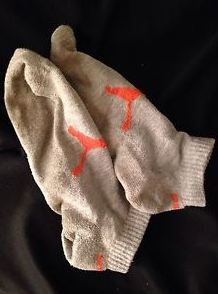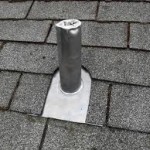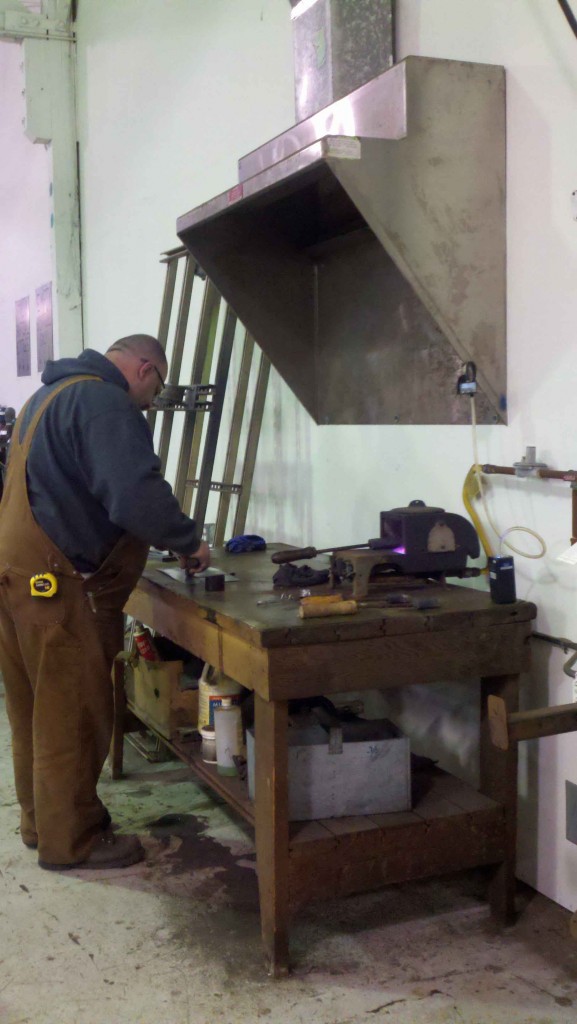Entries tagged with “HVAC”.
Did you find what you wanted?
Wed 17 Sep 2014
Posted by admin under AIHA, Asthma, Building Survey, Engineering Controls, Hazard Communication, IAQ, Management, Mold, odor thresholds, Olfactory, Uncategorized, ventilation
Comments Off on Indoor Air Quality- dirty sock syndrome
Do you smell dirty clothes in your indoor building? Do you suspect your heating ventilation and air conditioning system of causing the smells?
It might be what’s called, “Dirty sock syndrome”. Typically found in high humidity locations. A brief video overview can be found here (You Tube 2:03)
Lawrence Berkeley National Laboratory has good information on indoor air quality and how it affects people as they work. They also have some scientific information about how improving the indoor space (by ventilation, temperature, particles, etc) can create a better environment.
AIHA has a “Position Statement on Mold and Dampness in the Built Environment” (March, 2013). Â It lays out the reasons to control moisture in a building, and some basic steps for remedy (spoiler: air sampling doesn’t usually help).
Bottom line: Check your coils before replacing your entire system. Replacing these might be cheaper. Or, sometimes they can be cleaned, but it is a strict protocol. One possible solution is here (I do not endorsement, or recommend this particular product/brand. Do your own research).
Unfortunately I have no problem finding an appropriate picture for this blog on Ebay. People are weird. Yuk.

Tue 5 Jun 2012
Posted by admin under Air Monitoring, Lead, Management, Respirators, ventilation
Comments Off on Lead exposures during HVAC soldering work
As you may know, sometimes tin knockers (aka sheetmetal workers) Â use sheet lead, or lead soldering, to make flashing on roof vents. Here is a picture of what these commonly look like (if there is (?) a common one).
The lead iron is heated up. Lead solder, or sometimes lead/zinc solder is used. Muratic acid (or similar) is used to clean the stainless steel. The iron is used to heat up the solder and drip it on the stainless surface. Anyways, the process creates lead fumes. This is dangerous both from airborne inhalables to the contact surfaces surrounding the area.
The surfaces around these areas are usually very high in lead content. There is not a OSHA standard for lead wipe tests. However, in the past OSHA has used the HUD standards and cited employers under the general duty clause. If you are performing these tasks, please make sure you are doing everything you can to limit the airborne, dermal, and ingestion exposure.
- Follow OSHA Lead Standard (1926.62).
- Train your employees.
- Ventilation (downdraft is best). This is the best way to control the fumes.
- Post signs in the area “lead work and hazardous”.
- Perform air monitoring. I have found levels both above, and below, the exposure limits.
- Wear a respirator (1/2 face negative air with HEPA).
- Do not: eat, drink or smoke in this area.
- Good hygiene. Wash after doing these activities.
- Use a plastic sheeting on all surfaces. This makes it 100x easier to clean up.
in other words, don’t do what is in this picture below:



